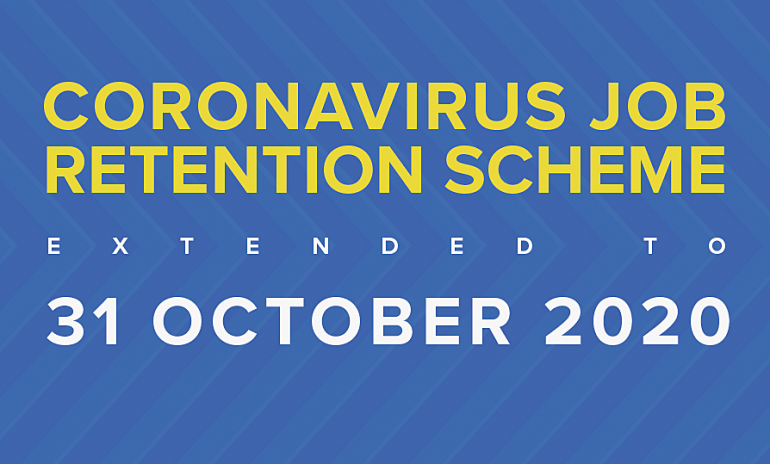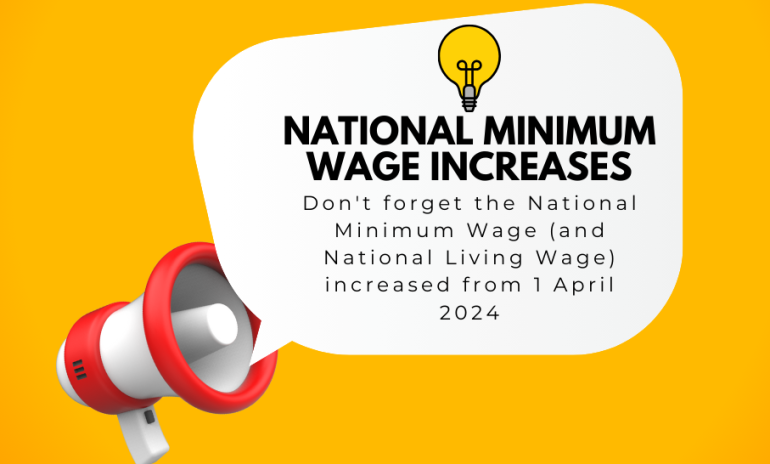Coronavirus Job Retention Scheme Version 2
Date: 02/06/20

The Chancellor announced on 29 May that new changes to the Coronavirus Job Retention Scheme (CJRS) would support businesses sending staff back to work. There were three key changes announced:
- From 1 July 2020, the scheme will be made more flexible to enable employers to bring back, on a part time basis, previously furloughed employees and still receive a grant for the time that they are not working.
- From 1 August 2020, employers will have to start contributing to the wage costs of paying their furloughed staff, this employer contribution will gradually increase in September and October.
- The scheme will close to new entrants from 30 June.
1. Part time furloughing
From 1 July 2020 the scheme will allow previously furloughed employees back to work part time while the Government continues to pay a percentage of wages for any of their normal hours that they do not work up until the end of October.
Employers will be responsible both for deciding the hours and shift patterns that their previously furloughed employees will return to work on and for paying their wages in full for the hours that they do work. Any working hours arrangement agreed between a business and their employee must cover at least one week and needs to be confirmed to the employee in writing.
When claiming for furloughed hours the employer will need to report and claim for a minimum period of a week. However, claims can be made for longer periods such as monthly or two weekly.
Employers will be required to submit data on the usual hours an employee would be expected to work in a claim period and actual hours worked. Employers can claim the grant for the hours their employees are not working calculated by reference to their usual hours worked in a claim period. Further details will be included in future guidance.
If employees are unable to return to work, or employers do not have work for them to do, they can remain on furlough and the employer can continue to claim the grant for their full hours under the existing rules.
2. Employer contributions
From August, the Government grant provided through the CJRS will be slowly tapered.
- in June and July, the Government will continue to pay 80% of wages up to a cap of £2,500, Employer (ER) National Insurance (NICs) and ER pension contributions for the hours that the employee does not work. Employers will have to pay employees for any hours that they do work.
- in August, the Government will again continue to pay 80% of wages up to a cap of £2,500 but employers will then be responsible for paying ER NICs and ER pension contributions. For the average claim, this represents 5% of the gross employment costs that they would have incurred if the employee had not been furloughed.
- in September, the Government will pay 70% of wages up to a cap of £2,187.50 for the hours that the employee does not work. Employers will pay ER NICs, ER pension contributions and 10% of wages to make up the 80% total.
- in October, the Government will pay 60% of wages up to a cap of £1,875 for the hours that the employee does not work. Employers will pay ER NICs, ER pension contributions and 20% of wages to make up the 80% total.
- the cap on the furlough grant will also be proportional to the hours not worked.
Many smaller employers have some or all of their ER NIC bills covered by the Employment Allowance and so these businesses will be less impacted by the Government tapering.
3. Important dates and other CJRS Version 2 changes
- The scheme will close to new entrants from 30 June. From this point onwards, employers will only be able to furlough employees that they have already furloughed for a full 3 week period at some point prior to 30 June. This means that the very latest date by which an employer can furlough an employee for the first time will be 10 June, in order for the current 3 week furlough period to be completed by 30 June. Employers will have until 31 July to make any claims in respect of the period to 30 June.
- From 1 July, claim periods will no longer be able to overlap months. This is necessary to reflect the forthcoming changes to the scheme.
- The number of employees an employer can claim for in any claim period cannot exceed the maximum number they have claimed for under any previous claim under the current CJRS.
The Chancellor's announcement of the changes:
Downloadable Content

Author: James Cornthwaite FCA CTA
A former pupil at St Aidan’s C of E High School, James attended Blackpool Sixth Form College and Lancaster University, graduating in 2004, gaining BSc. first class honours. He joined Moore and Smalley, Preston in 2005 and qualified as a...
0 Comment
Add your Comment
We have the ability to edit and/or delete posts and comments. Links should be relevant to the topics. Please note all comments are subject to review before inclusion.















Nobody has commented yet. Why not add one?